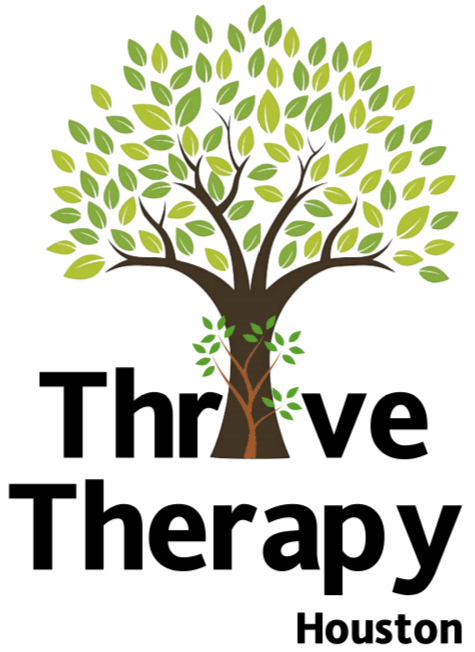CLASSIC CHILDREN’S BOOK SERIES: Alexander and the Terrible, Horrible, No Good, Very Bad Day
Learning what is in our control and what is not in our control is an important lesson for individuals of any age. Use this classic children’s book to introduce the circle of control and how we can use that to focus our efforts on what we can and what we cannot change. Also, dip into how to begin to reframe our thoughts and practice growth mindset.
Read Together.
Read Alexander and the Terrible, Horrible, No Good, Very Bad Day by Judith Viorst together. Stop every few pages to point out the illustrations and talk about how Alexander might be feeling. **Tip – If you do not have the book at home you can find the book on several “Read Alouds” on YouTube.
Talk about it.
As you read the book, instruct the listeners to think about each of Alexander’s problems and whether the problem seems inside or outside of his control. You can stop after each page to discuss or wait until the end and go through all of them together.
Discussion & Reflection.
- How do you know when something is in your control or out of your control?
- Are there any problems Alexander had that you could relate to?
- Were there times you would have done something different than Alexander?
- What are things that have been worrying you lately? Do they fall in your circle of control or outside of your control?
Growth Mindset Activity.
Growth Mindset is reframing the negative to make it positive. Growth mindset is all about attitude, which thankfully is something we can control (with some practice)! Growth mindset uses our understanding of neuroplasticity, our brains ability to create new pathways and learn new things, as a way to shift our thinking to more helpful thoughts. How can we change the way we think about things so that we focus on learning and growing from our experiences? Alexander is stuck on the thought that he is having a “terrible, horrible, no good, very bad day”. As you go through the book, have the kids practice reframing that thought for him everytime it comes up. Some examples to help you out might be – “Today is tough, but tomorrow is a new day”, “This is hard and I can make it through hard things”, “Next time I will do better”, “Next time I will make a different choice”, etc.
Circle of Control Activity.
Find the handout for the activity here: https://www.thrivetherapyhouston.com/childrens-corner/. It explains the “circle of control” and gives examples from the book and from real life to sort through together. Go through the different examples from Alexander and the Terrible, Horrible, No Good, Very Bad Day and sort through which category each example belongs to: “Things I can control” or “Things outside of my control”. It can also be fun to use a hula hoop or a piece of rope in a circle as the “circle of control” and cut out the examples. Having the kids put each example either inside or outside of the circle is a great way to make it more hands-on and interactive. (See the handout for the printable HERE)



Awesome post.